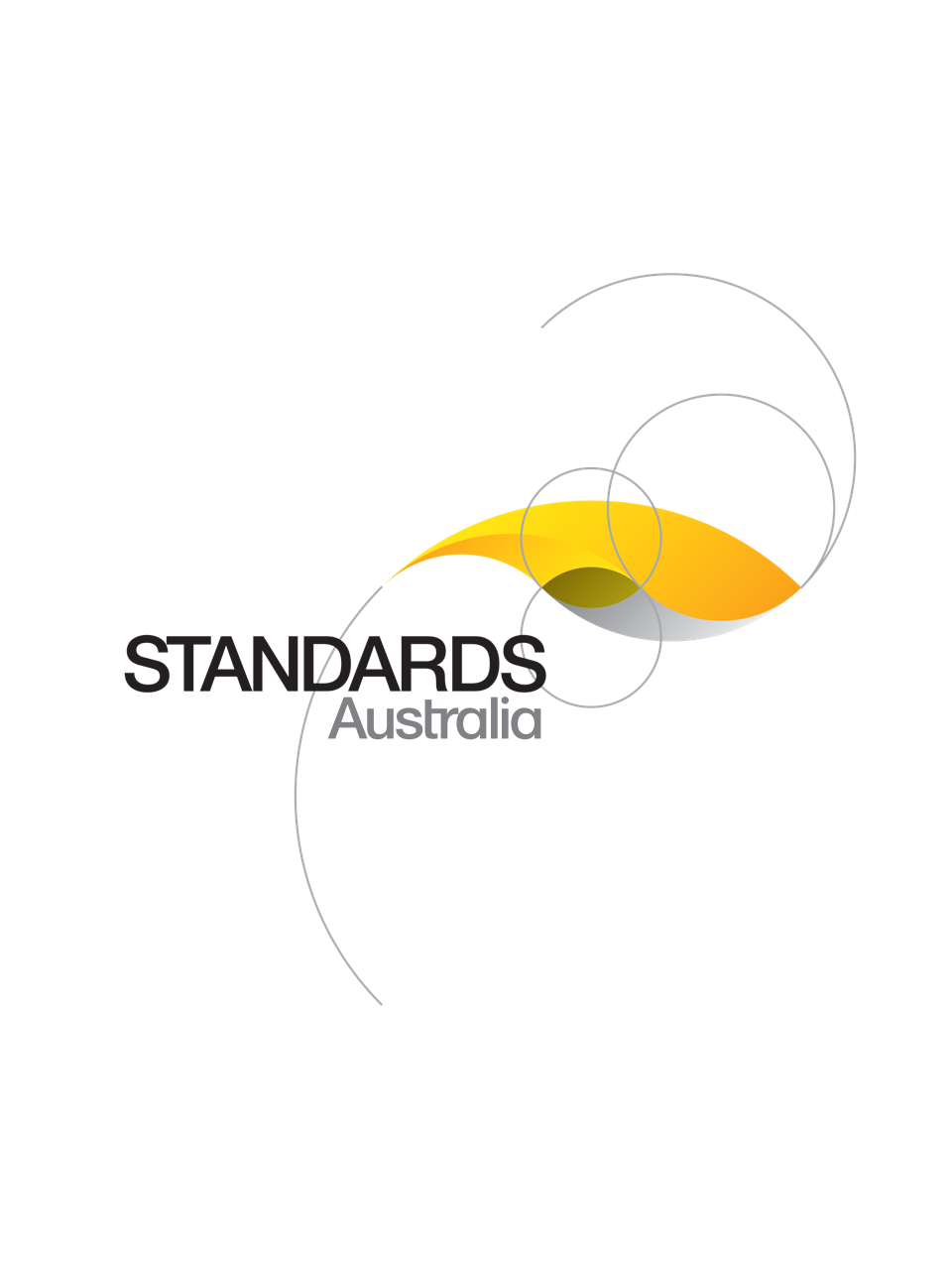Standard
Track updates
AS 22734:2020
[Current]Hydrogen generators using water electrolysis — Industrial, commercial, and residential applications (ISO 22734:2019, MOD)
This Standard adopts ISO 22734:2019 with modifications for Australia, which defines the construction, safety, and performance requirements of modular or factory-matched hydrogen gas generation appliances, herein referred to as hydrogen generators, using electrochemical reactions to electrolyse water to produce hydrogen.
Published: 17/07/2020
Pages: 50
Table of contents
Cited references
Content history
Table of contents
Header
About this publication
Preface
Foreword
Introduction
1 Scope
2 Normative references
3 Terms and definitions
4 Requirements
4.1 Operating conditions
4.1.1 Energy consumption
4.1.1.1 Electrical
4.1.1.2 Other utilities
4.1.2 Feed water specifications
4.1.3 Ambient environment
4.1.4 Purge gas
4.1.5 Oxygen venting
4.1.5.1 General
4.1.5.2 Oxygen vented outdoors
4.1.5.3 Oxygen vented within enclosures or indoors
4.1.6 Hydrogen venting
4.1.6.1 General
4.1.6.2 Hydrogen vented outdoors
4.1.6.3 Hydrogen vented within enclosures or indoors
4.1.7 Delivery of hydrogen
4.1.8 Delivery of oxygen
4.2 Risk management
4.3 Mechanical equipment
4.3.1 General requirements
4.3.2 General materials requirements
4.3.3 Enclosure requirements
4.3.3.1 Minimum strength
4.3.3.2 Environmental tolerance of enclosures
4.3.3.3 Fire resistance
4.3.3.4 Thermal insulating materials
4.3.3.5 Access panels
4.3.3.6 Ventilation openings
4.3.3.7 Containment of hazardous liquid leakage
4.3.3.8 Prevention of electrostatic accumulation
4.3.4 Pressure-bearing components
4.3.4.1 General requirements
4.3.4.2 Process vessels
4.3.4.3 Built-in storage of hydrogen and other gases
4.3.4.4 Electrochemical cell stacks
4.3.4.5 Piping, fittings and joints
4.3.4.6 Compressors
4.3.4.7 Pressure relief devices or pressure safety systems
4.3.4.8 Pressure regulators
4.3.4.9 Shut-off valves
4.3.5 Fans and ventilators
4.3.6 Pumps
4.3.7 Heat transfer system
4.3.8 Connection to potable water
4.3.9 Environmental tolerance
4.3.10 Equipment temperature limits and resistance to heat
4.3.11 Spillage, overflow, and drain
4.4 Electrical equipment, wiring and ventilation
4.4.1 Fire and explosion hazard protection requirements
4.4.1.1 General requirements
4.4.1.2 Area classification for hydrogen generators
4.4.1.3 Protection requirements for equipment within classified areas
4.4.1.4 Protection methods to prevent the accumulation of ignitable mixtures
4.4.1.5 Additional protection measures where oxygen is purposely vented inside the hydrogen generator enclosure
4.4.1.6 Ventilation
4.4.1.7 Start-up purge
4.4.1.8 Ventilation of adjacent compartments
4.4.1.9 Hydrogen gas detection system
4.4.1.10 Ventilation system testing
4.4.2 Electrical equipment
4.4.2.1 General requirements
4.4.2.2 Grounding and bonding
4.4.2.2.1 Touch current and protective conductor current
4.4.2.3 Overcurrent protection
4.4.2.4 Electric heaters
4.4.2.5 Cord anchorage and conductor pull-out
4.4.2.6 Terminals for external conductors
4.5 Control systems
4.5.1 General
4.5.2 Safety control circuit
4.5.3 Control function in the event of failure
4.5.4 Programmable electronic equipment
4.5.5 Start
4.5.6 Emergency-stop
4.5.7 Stop
4.5.8 Self-correctable conditions
4.5.9 Interconnected installations
4.5.10 Safety components
4.5.11 Remote control systems
4.5.12 Alarms
4.5.13 Purge gas quantity
4.5.14 Reset
4.5.15 Suspension of safeguards
4.6 Ion transport medium
4.6.1 Electrolyte
4.6.2 Membrane
4.7 Protection of service personnel
5 Test methods
5.1 General
5.2 Type (qualification) tests
5.2.1 General requirements
5.2.2 Basic test arrangements
5.2.3 Reference test conditions
5.2.3.1 Environmental conditions
5.2.3.2 State of hydrogen generator
5.2.3.2.1 General
5.2.3.2.2 Position of the hydrogen generator
5.2.3.2.3 Accessories
5.2.3.2.4 Covers and removable parts
5.2.3.2.5 Mains supply voltage
5.2.3.2.6 Input and output voltages
5.2.3.2.7 Earth terminals
5.2.3.2.8 Controls
5.2.3.2.9 Connections
5.2.3.2.10 Load on motors
5.2.3.2.11 Output
5.2.3.2.12 Duty cycle
5.2.3.2.13 Loading and filling
5.2.4 Electrical tests
5.2.4.1 Continuity of the protective bonding circuit test
5.2.4.2 Strength of the electrical insulation
5.2.4.3 Functional tests
5.2.4.4 Mains supply
5.2.4.5 Touch current and protective conductor current
5.2.4.6 Capacitor discharge
5.2.4.7 Cord anchorage and conductor connection pull force tests
5.2.4.8 Terminals for external conductors test
5.2.4.9 Starting current test
5.2.5 Pressure test
5.2.5.1 General
5.2.5.2 Pressure test — Liquid-containing parts
5.2.5.3 Pressure test — Gas and gas/liquid-mixture-containing parts
5.2.5.4 Pressure test — Cell stacks
5.2.5.4.1 Applicability
5.2.5.4.2 Common pressure test
5.2.5.4.3 Differential pressure test
5.2.6 Leakage test
5.2.6.1 General
5.2.6.2 Normal leakage tests
5.2.6.3 Additional leakage testing of hydrogen gas component connections and piping joints
5.2.6.3.1 General
5.2.6.3.2 Bubble test
5.2.6.3.3 Tracer gas leak detection
5.2.7 Dilution tests
5.2.7.1 General
5.2.7.2 Air flow test
5.2.7.3 Air pressure test
5.2.7.4 Dilution test
5.2.8 Protection against the spread of fire tests
5.2.9 Temperature tests
5.2.10 Environmental test
5.2.10.1 Ingress protection
5.2.10.2 Water test
5.2.11 Performance tests
5.2.11.1 Hydrogen and oxygen production rate test
5.2.11.2 Hydrogen and oxygen quality test
5.2.12 Spillage, overflow, and drain test
5.2.13 Mechanical strength
5.2.14 Stability test
5.2.15 Vent tests
5.2.15.1 General
5.2.15.2 Vent leakage
5.2.15.3 Vent temperature test (non-metallic vent materials)
5.2.15.4 Mechanical strength of vent systems
5.2.15.4.1 General
5.2.15.4.2 Static force
5.2.15.4.3 Impact
5.2.16 Sound level test
5.3 Routine tests
5.3.1 General requirements
5.3.2 Continuity of the protective bonding circuit test
5.3.3 Voltage test
5.3.4 Functional tests
5.3.5 Leakage test
6 Marking and labelling
6.1 General requirements
6.2 Hydrogen generator marking
6.3 Marking of components
6.4 Warning signs
7 Documentation accompanying the hydrogen generator
7.1 General
7.2 Hydrogen generator ratings
7.3 Hydrogen generator installation
7.3.1 General
7.3.2 Specific requirements for permanently connected hydrogen generators
7.3.3 Specific requirements for indoor installations
7.3.4 Specific requirements for built-in hydrogen generator appliances
7.3.5 Lifting
7.4 Hydrogen generator operation
7.5 Hydrogen generator maintenance
Annex A
Annex B
B.1 Flammability limit
B.2 Flammability limits of hydrogen
Bibliography
Appendix ZZ
ZZ.1 Scope
ZZ.2 Variations
Cited references in this standard
